With spring in bloom, and your beautiful flowers blossoming, it’s time to welcome another one of nature’s prettiest treasures back: the butterfly. With their playful patterns of flight and vibrant color patterns, spring is the perfect time to enjoy your local Painted Lady or Monarch.
However, with their lands damaged by urbanization and disruptions in their habitats, butterfly populations are at high risk of endangerment. Thankfully, with a few simple changes, you can transform your garden to help save these beautiful butterflies and give them a better chance at long-term survival.
Make Way for Butterfly-Friendly Flowers
It’s important to remember, the flowers that attract butterflies are also common hubs for other pollinating animals such as bees. For a healthy and aesthetically pleasing garden, you’ll want to focus on your butterflies. But, by designing your outdoor space appropriately, you can cherish the arrival of these colorful creatures without attracting a swarm.
Here’s some nectar-rich blooms you can use to call the butterflies home.
- Flowering Shrubs: Shrubs add structure to your landscape and nourish the butterflies. Some examples include: Sweetspire, Elderberry, and Viburnum.
- Perennials: These colorful plants with shallow blossoms allow easy nectar access for butterflies. Some examples include: Coneflowers, Asters, Milkweed, and Liatris
- Nectar-rich flowers: Plant nectar-rich flowers instead of hybrids to give the butterflies a steady source of sweet nectar. Some examples include: Lantana, Petunias, Zinnias, Cosmos, and Pentas.
Plant Flowers of Varying Heights
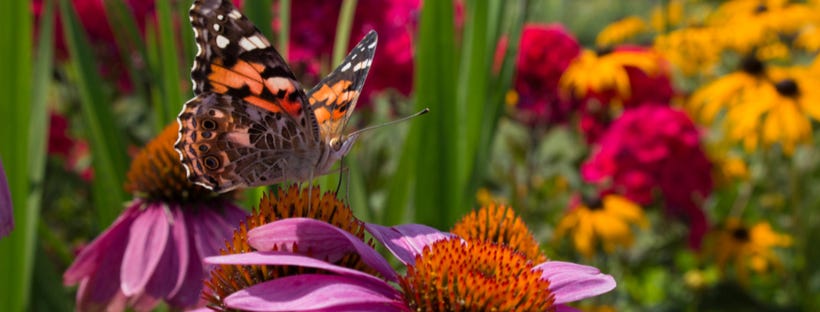
Along with adding the right flowers, take the time to add plants of different heights to draw in a larger swarm. Different species of butterfly focus on different flowers, dictated by their height. So, while flower beds may be alluring as a homeowner, by keeping all your flowers at one height, you’re depriving some butterflies of proper nourishment.
By planting flowers that grow at specific heights to your garden, you can create a professional-looking border and attract a wider variety of butterflies. For example, the Yellow Butterfly and Least Skipper Butterfly prefer flowers closer to the ground, whereas Tiger Snowtail butterflies want tall flowers like honeysuckle vines and Joe Pye weed.
Remember, a large variety of butterflies means a better ecosystem for us all. Plant accordingly, and enjoy your colorful blossoms drawing more color from the skies.
Make Butterfly Shelter Areas
Butterflies often reside in dense natural areas such as stacked wood or shrubbery to seek shelter from heavy winds and rain. But, with a little bit of work, you can create a perfect shelter area for various species of butterfly.
If you’re going for simplicity, just drape a set of custom tarps above your plants to protect the butterflies from the elements during bad weather. If you’re willing to invest, you can also install a butterfly house. Butterfly houses are wood blocks with narrow, tall slots, creating a haven for the butterflies and offering the best protection from the elements.
Incorporate Plants for Butterfly Caterpillars
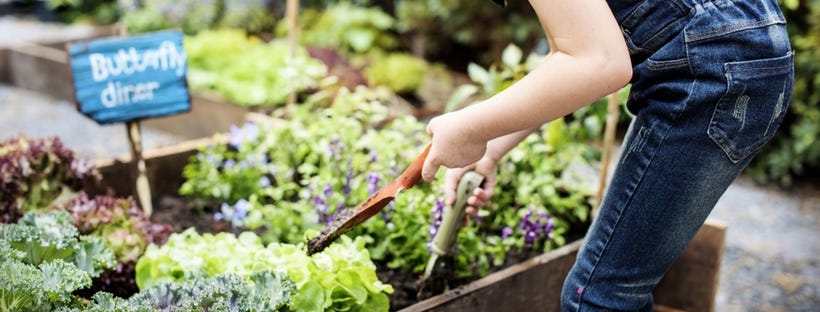
When you’re cultivating the perfect butterfly garden, it’s important to remember host plants and nectar plants. While nectar plants offer sweet nourishment to the butterflies,hHost plants give females the perfect environment to lay eggs and provide food for growing caterpillars.
For example, Aster flowers are crucial sources of nectar for several migrating butterflies, whereas butterfly weed gives monarch butterflies an essential food source. For the budding butterfly connoisseur, add both host and nectar plants to foster different generations of butterflies. This provides your ‘flies with the perfect ecosystem to pass through.
Make Butterfly Puddling Areas
Butterflies adore shallow puddles in the garden. For butterflies, these little plots of water are an excellent source of drinking water, full of essential, natural minerals from the ground. If you want to attract the right flight of butterflies, you can try making your own puddling area, attracting butterflies en masse to your garden.
The first step is to keep your soil free of any pesticides. This is an important step to keep all butterflies healthy and safe when they visit your garden. Then, use a small, shallow box filled with bubbles and sand to create a drinking station. This sandbox covers just enough space to let you keep a close eye on their puddling behavior to find the perfect spot for these colorful creatures.
Get Rid of Harmful Pesticides
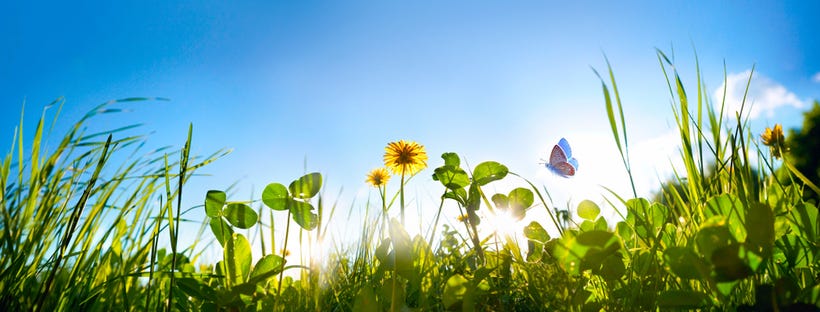
All butterfly gardeners must use pesticides as lightly as possible. Pesticides are targeted to insects, and likewise, most pesticides kill or harm butterflies. This also applies to other essential pollinators such as wasps and bees. Even by utilizing organic pest control, like insecticidal soaps, you may kill the butterflies or disturb their mating and feeding habits.
If you want a healthy place for flying friends, only use pesticides to curb insect outbreaks and not as preventive treatments. Ensure that you cover your outdoor furniture using sectional covers or chaise covers while using pesticides to leave behind any residue if a butterfly decides to sit there. Use non-pesticide insect controls such as water jets to get rid of unwanted pests.
Provide Alternative Butterfly Foods
It can be challenging to keep your nectar and host plants in great shape all season long. Thankfully, several butterflies are attracted to different food sources. Keeping these items in a dish will help to continue the feeding cycle of butterflies when nectar plants are past their blooming stage.
If you add one of the alternative foods, make sure to replace the food source at frequent intervals to discourage ants and wasps from feeding on the butterfly’s buffet. You can include overripe fruits like pears, peaches, apples, bananas, liquid fruit nectar from a can, sugar water, and fruit juices as alternative foods in your butterfly garden.
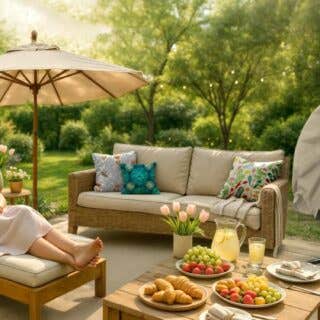
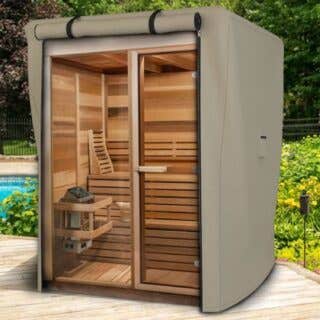
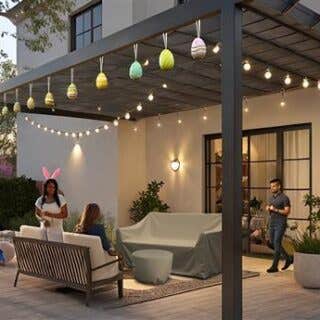
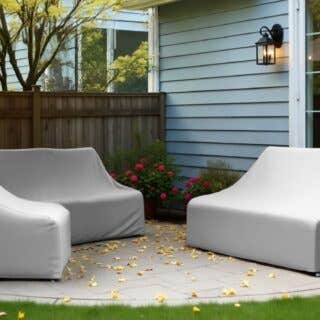
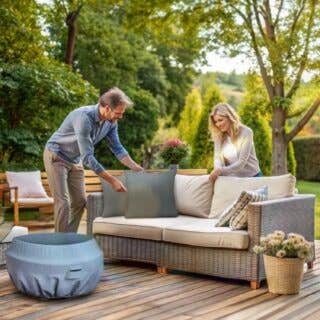

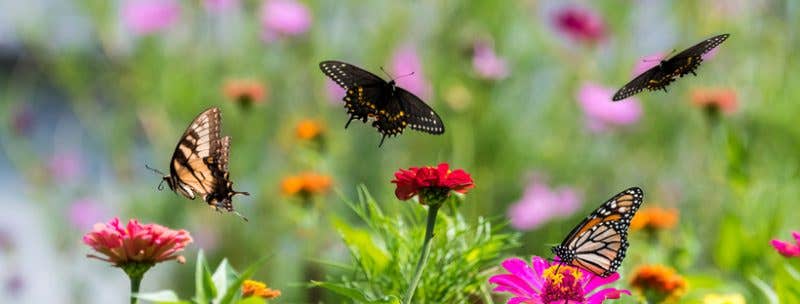

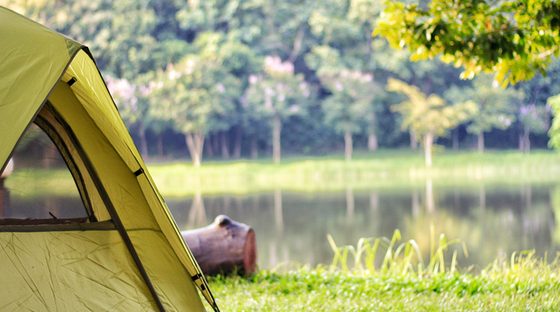
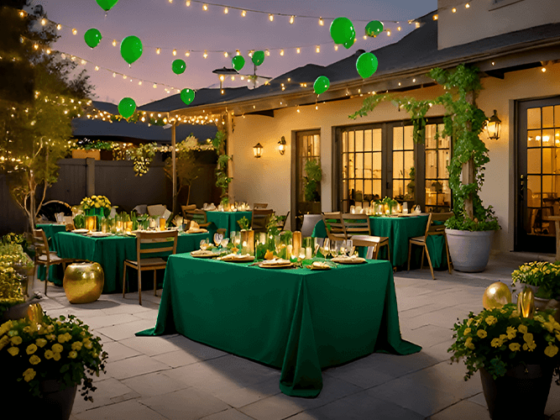



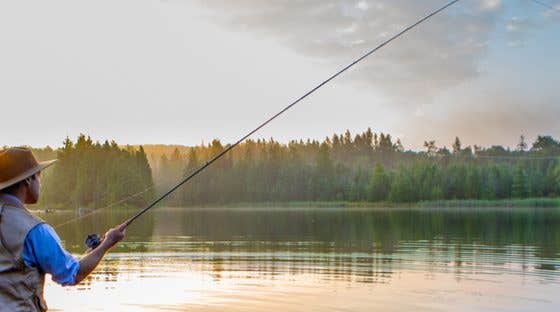

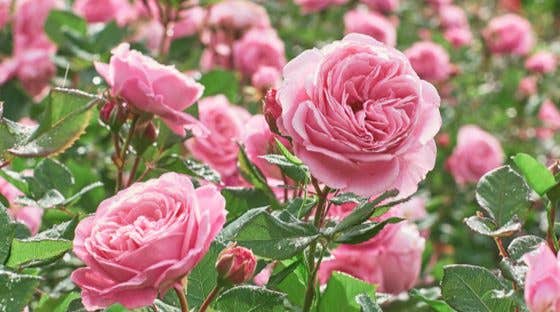
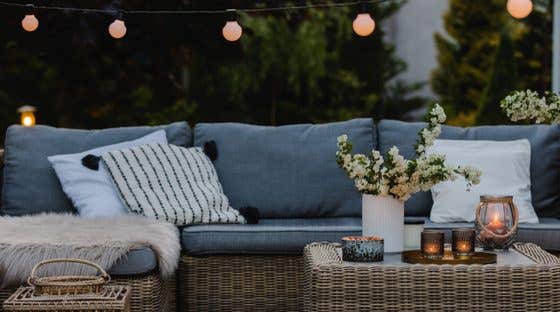
Recent Comments